How to get from an idea to an exhibition
Taking an idea and turning it into the reality of a full-blown exhibition is no easy feat. Planning, perseverance and a solid body of work that represents both your style and artistic vision are all crucial ingredients. And successful exhibition can significantly boost the profile, and profits, of any photographer prepare to put in the hard work. Below, Christopher Köller shares his top five tips for developing an idea into an exhibition.
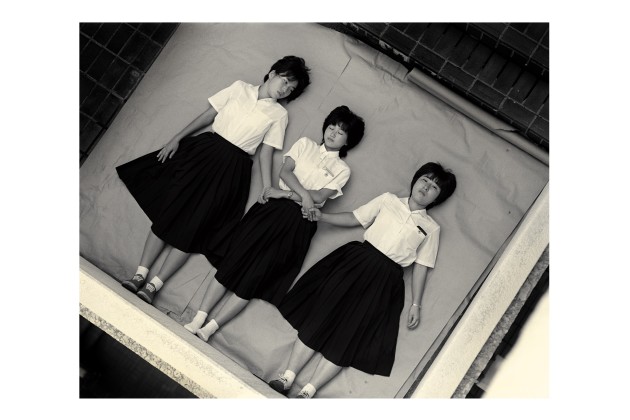
1. Research
Look at what other people have done in this area or genre, not just your old favourites. Also, examine the other photographers and artists they were looking at. Consider work by contemporary painters, video artists, filmmakers and sculptors whose work engages you, and read what they say about their work. Focus on their ideas rather than their style or aesthetic.
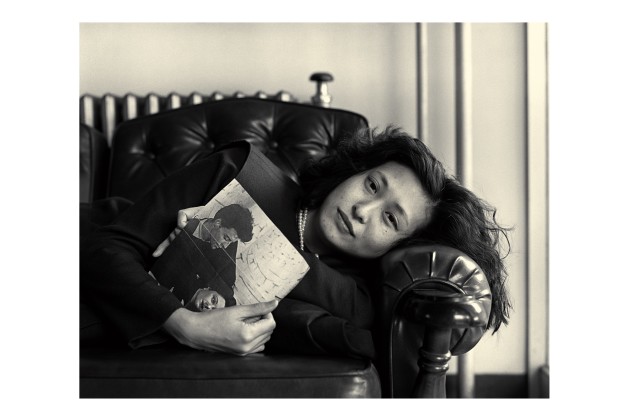
2. Testing
Make choices about film or digital and camera format. Make choices about the basic elements of design: colour, tonal range, paper or other support and the output. Will they be conventional black and white darkroom prints or printed by inkjet? Do a full size test strip to see if it is going to be what you imagined and supports the concept of the image.
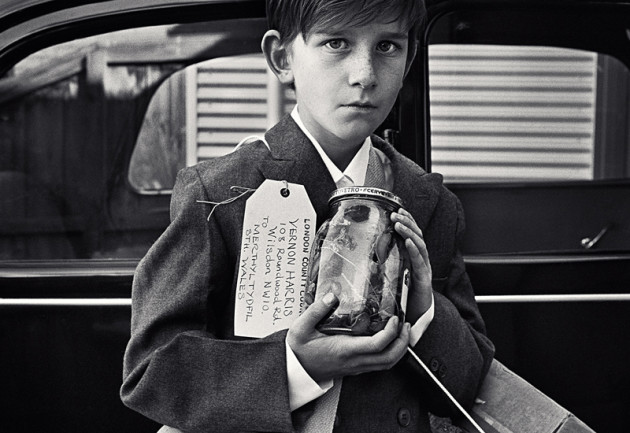
3. Planning: time, locations, sitters/models, number, size, space
Create a timeline for the outcome. Leave some time up your sleeve in case there are problems. Have prints ready one week before they are needed for framing and hanging. Consider the space where the exhibition will be shown. Is this the right number of works, and is the size appropriate? Choose locations and determine the time of day when using natural light that will get the best outcome. Contact sitters/models and find out their availability.
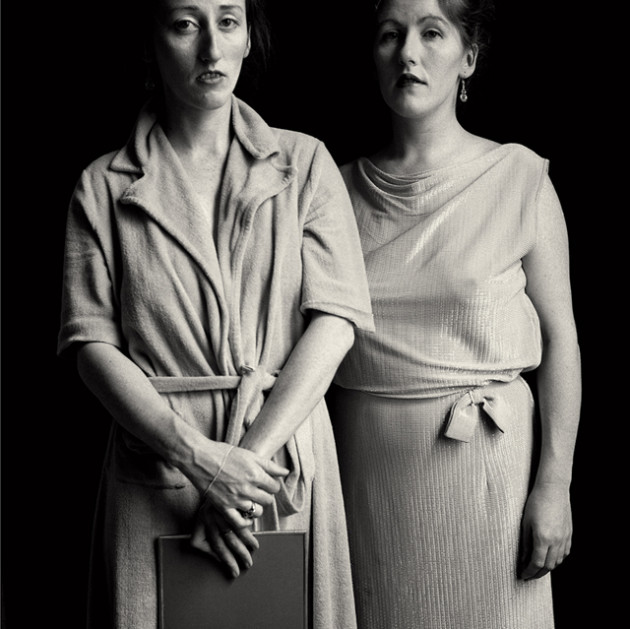
4. Edit and be open to accidents
Edit your shots as you go along, but keep some flexibility. As you proceed, be aware that something interesting you hadn't thought of is creeping in. Is this better than your original concept? Re-evaluate what you have planned to do. Use it if it is exciting. Put it aside for another time if it is interesting but doesn't convey what you have in mind. Perhaps it will inform your next project.

5. Print as you go along
Print out a full size section of a key image so you are clear about the final effect and quality. About half way, through make a full-scale print and keep it in view to live with for a while. Have you gone off it? How can you improve your approach or concept if it is not working as well as you expected. Does it get better and better? What can you do to make sure the following work lives up to it, if it's good.
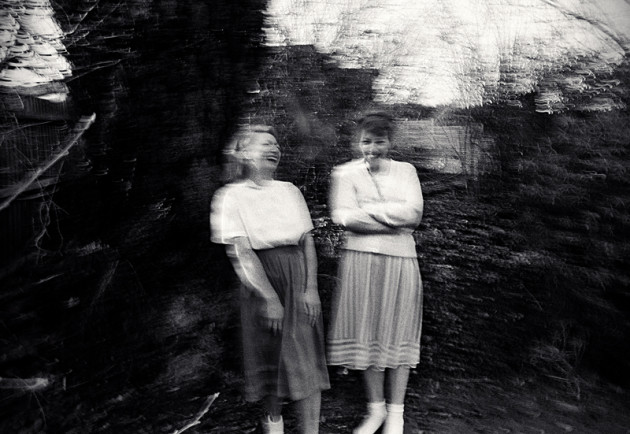
About Christopher Köller
Christopher Köller trained as a silk-screen printer and then inspired by the Beat writers and an intense curiosity, travelled extensively throughout the late 1960s and '70s. He returned to Australia to study photography at Prahran under Athol Shmith and John Cato, and after graduating lived in Japan where he took photos and became immersed in the world of Japanese gardens and bonsai from 1983-4.
Köller has held solo exhibitions of his photographs, installations and video works in various Australian cities and in Japan, England, Spain and Mexico. His work has been included in group exhibitions in France, Italy, Spain, and throughout Australia. The Visual Arts Board has awarded Köller two grants and he has been accepted for four residencies, the most recent, in Barcelona in 2008. Köller's work is held in the collections of the National Gallery of Australia, the National Gallery of Victoria, the City of Monash, Griffith University, the Bibliotheque Nationale of France and the Sata Corporation Collection, Tokyo.
In 2002, Köller completed a Masters Degree in Fine Art at RMIT and he lectured in photography at the Victorian College of the Arts until 2009. Since 2010, Köller has been focusing exclusively on his practice.
Christopher Köller is represented by Fehily Contemporary Melbourne.
CCP Masterclass - Ideas to exhibition
2 sessions - 1 & 2 August 2015, 10am - 4pm
Book online here or call CCP on to book.

